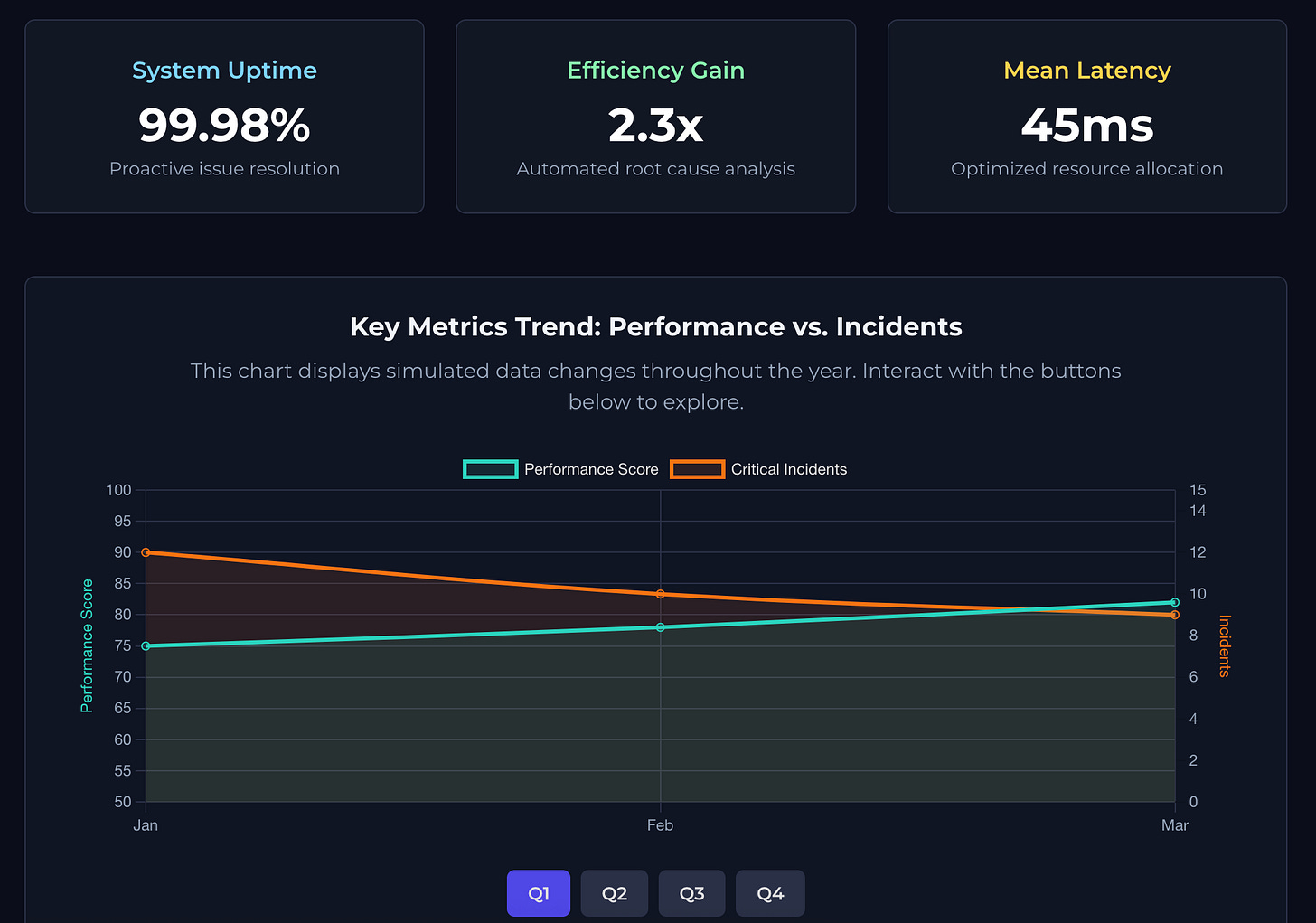AIOps at $18B: The Year IT Operations Changed (Whether You’re Ready or Not)
The budget math is clear. The operational stakes are higher. The winners will know why—and how—to act on the new AIOps imperative.
Keep reading with a 7-day free trial
Subscribe to Xentrixus to keep reading this post and get 7 days of free access to the full post archives.



